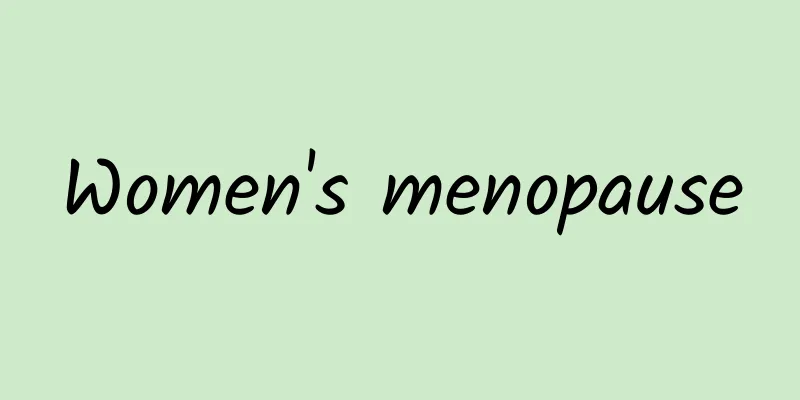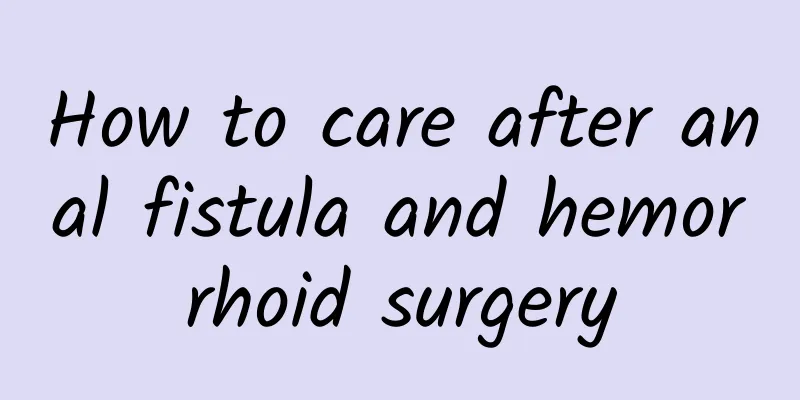What are the treatments for nystagmus?

|
Nystagmus is extremely harmful and may lead to blindness if the best time is missed. At present, from the perspective of clinical treatment effects, etiological treatment, vision improvement and surgical treatment are all good. 1. Etiology treatment : symptomatic treatment. 2. Improve vision : For ocular nystagmus, the focus is to improve vision and prevent primary lesions that cause random vision. Appropriate prisms can also be prepared to eliminate compensatory head position and improve vision. 3. Surgical treatment: Those with congenital impulsive type (i.e. eye position): can undergo surgery, the purpose of which is to correct the compensatory head position according to the "middle zone" eye position, change the eye position, reduce nystagmus and improve vision. Because the group of extraocular muscles moving in the slow phase is strong, the group of extraocular muscles moving in the fast phase is weak. To this end, the two extraocular muscles on the slow phase side can be retracted to weaken their tension and balance them with the group of extraocular muscles on the fast phase side. Move the "mid-band" eye position from an eccentric fixation position to a straight-ahead fixation position. If the left side is a middle-zone static eye position nystagmus, the left lateral rectus muscle and the right medial rectus muscle can be moved back 6mm, the left medial rectus muscle can be shortened by 6mm, and the right lateral rectus muscle can be shortened by 7mm (generally the lateral rectus muscle is moved back 2mm more than the medial rectus muscle) to adjust the static eye position direction. Issues that parents of patients with nystagmus should pay attention to: 1. Encourage students to explain their visual needs; however, avoid excessive and inappropriate attention to this matter. 2. Allow them to place books and objects close to their eyes, and allow them to tilt their heads or adopt other postures that can enhance their vision. 3. Provide children with their own books and worksheets, and they do not need to be shared. 4. Continuously expanding the material will often help, and of course good content will be more effective. 5. Display boards on the wall should be placed at eye level, and children can stand very close to view them. 6. Ask your child where he likes to sit. They usually choose to sit facing the blackboard and near the front. They are not suitable to sit on the sides. It is certain that they should be provided with close proximity during the activity. 7. Stock visual aids so that students can easily access them and use them when they find them useful. 8. It is permitted to use tinted glasses, hats, cups or eye shields to reduce the effect of glare. 9. Read aloud as you write on the blackboard; or describe the diagram. 10. Allow ample time to complete assignments and conduct checks. 11. Good lighting (although not necessarily bright) is critical. The light source should be behind the students and pointed at what they are looking at. Use matte surfaces on walls, blackboards, and paper to avoid light reflections and glare. 12. Use strong color contrast between letters, pictures, and lines. 13. You can use a black card to track your child's reading, or they can use their fingers. Exercise books should be made of matte paper, in a variety of colors, and with clear lines. 14. In ball games, if these children have low vision or strabismus they may have difficulty following a fast-moving ball. Congenital nystagmus alone may limit their effectiveness to longer distances. The above is the introduction of the treatment methods of nystagmus introduced by experts. According to the different amplitudes and vibration speeds, there are minute pendulum type and beating type nystagmus. The latter has fast and slow phases, that is, one direction is the slow phase or the physiological phase, and the other direction in the opposite direction is the fast phase, which is the recovery movement of the slow phase. Most of them are binocular, but they can also be unilateral. |
<<: What are the symptoms of fatty liver?
>>: What are the symptoms of nystagmus?
Recommend
Can I drink chrysanthemum tea if I have high uric acid?
Chrysanthemum tea has the effects of clearing awa...
Focal low-grade squamous intraepithelial lesion
Most women are affected by gynecological diseases...
Why is my belly smaller in the morning when I'm pregnant?
Some pregnant women will find a small pattern, th...
Pearly rash on male genitals
Pearly rash on the male genitals is also a relati...
What should I pay attention to after the palace cleaning?
Generally, abortion surgery requires uterine cure...
Why do I feel my urine is not clean?
In our daily life, we will encounter many problem...
Chinese medicine prescriptions for cor pulmonale, recommended Chinese medicine prescriptions
The treatment of cor pulmonale must not be ignore...
Main ingredients of Isatis root
Isatis root granules can clear away heat and redu...
Open mouth and ear bones hurt
Some people often feel pain in the bones next to ...
What to do if you have memory loss
Memory is very important for everyone, whether th...
Cure 10 diseases in 1 minute
1One minute cough relief Press the Jiaosun point ...
What's the matter with the sticky feeling in the mouth?
Humans not only communicate through their mouths,...
What are the medicinal values of slugs?
When it comes to slugs, many people may be very d...
What foods should not be eaten by nephritis and what foods should be paid attention to
The function of the kidneys is to excrete metabol...
Why does bleeding occur a few days after taking birth control pills?
Modern people have very good birth control, and al...









